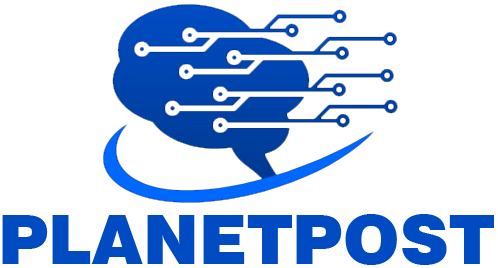To make AI possible, you need to create connections between vast quantities of data. That’s where tech like graph databases come into play.
Graph databases handle fast-changing, interconnected data more adeptly than traditional databases, which were designed to store rigidly structured information. Of course, graph databases need to be managed in order to be useful. Many companies sell products for this purpose, but one of the larger vendors is Neo4j.
Neo4j traces its roots back to the early 2000s, when its founders — Emil Eifrem, Johan Svensson, and Peter Neubauer — identified issues with traditional database tech. The trio developed a prototype of what would become Neo4j, the company’s eponymous graph database management software.
“We conceived the idea for the first property graph database during a flight to Mumbai in 2000,” Eifrem told TechCrunch. “We sketched it on a napkin — one that I wish I still had but, alas, has since disappeared.”
Neo4j launched in 2007 in Sweden, where Eifrem, Svensson, and Neubauer were based at the time. In 2011, the firm relocated to Silicon Valley to raise venture funding.
Today, Neo4j’s software enables companies to build, orchestrate, and deploy graph databases. Like other graph databases, Neo4j’s store data as nodes, relationships, and properties. Nodes hold info about an entity, like a person or product; relationships describe connections between nodes; and properties add more detail to nodes and relationships.
Neo4j’s graph databases can query data in a way that mirrors how real-world entities are connected — a boon for AI. Data in graph databases is expressed as a “knowledge graph,” which grounds AI in context that can inform its outputs.
With the rise of AI, Neo4j has invested heavily in what it calls “GraphRAG,” a technique that enables AI to retrieve data from external sources. GraphRAG uses knowledge graphs to represent data in documents and related metadata, in some cases improving an AI’s performance.
Neo4j has also introduced new vector search features, which capture relationships in databases based on items with similar characteristics. Vector searches are useful for AI that has to search for similar text or files, make recommendations, or identify broad patterns.
The increased focus on AI-supporting capabilities has paid dividends for Neo4j. The company says that revenue has surpassed $200 million — double from three years ago — and will get it to positive cash flow in the “coming quarters.”
Neo4j, which commands 44% of the graph database market (per a Cupole Consulting Group report) and counts 84% of the Fortune 100 as customers, including IBM and Walmart, plans to add even more AI features to its platform next year.
“Businesses are increasingly looking at AI to understand what it can do for their organization — but AI outcomes need to be accurate, transparent, and explainable to the average human, including builders, auditors, and regulators,” Eifrem said. “Our technology helps organizations achieve successful production deployments faster and more efficiently.”
Valued at $2.2 billion, 800-employee, 1,700-customer Neo4j intends to go public eventually. But for now, it’s focused on growth. The company recently secured $50 million from Neotus Partners to “strengthen its balance sheet.” (To date, Neo4j has raised around $550 million in venture capital.)
Even if Neo4j waits years to IPO, the graph database sector is likely to remain robust. According to Grand View Research, the market for graph technology will be worth $15.8 billion by 2030. And Gartner forecasts that 80% of data and analytics innovations will be made using graph technology by 2025.


